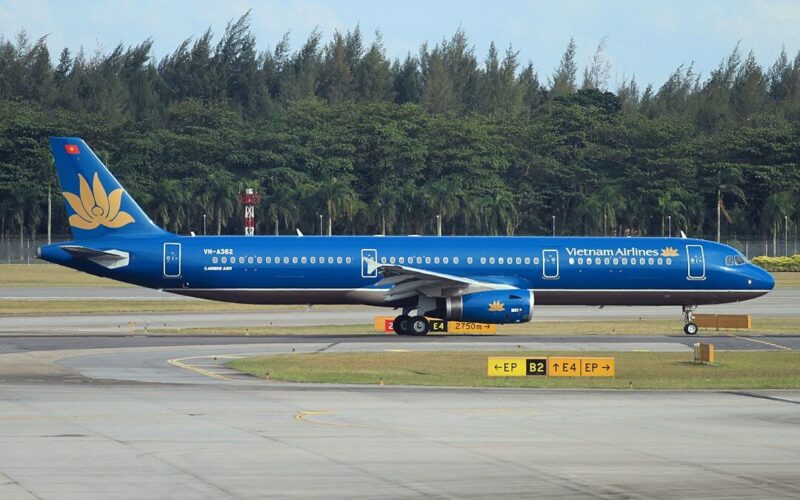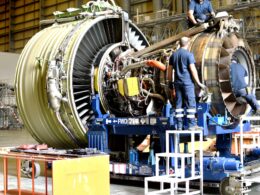On March 18, 2020, Vietnam Airlines flight VN920 from Ho Chi Minh City (Vietnam) to Phnom Penh (Cambodia) had a short but flamboyant start. As the Airbus A321 aircraft was accelerating for takeoff, it suffered damage to the right engine, which in turn set the grass on fire next to the runway.
The Airbus A321 flight crew rejected the takeoff and stopped the aircraft. No passengers or crew suffered injuries. Initially the incident was believed to have been caused by a burst nose tyre, debris from which damaged the right engine cover, thus lighting up the fire.
However, now the Federal Aviation Administration (FAA) believes it was a failure of HPT 1st-stage disk that resulted in high-energy debris damaging the A321’s engine cowling. In response, the authority has issued an emergency airworthiness directive (AD).
The directive, dated March 21, 2020, describes the Vietnam Airlines flight VN920 incident as uncontained high-pressure turbine (HPT) 1st-stage disk failure, which caused the aborted takeoff. While the event remains under investigation, as an interim action operators are ordered to remove from service affected HPT 1st-stage disks. They are installed on IAE V2522-A5, V2524-A5, V2525-D5, V2527-A5, V2527E-A5, V2527M-A5, V2528-D5, V2530-A5, and V2533-A5 model turbofan engines.
If the condition is not addressed, the FAA warns, it could have damaging consequences: from a release of high-energy debris, damage to the engine, to even damage to or even loss of an aircraft.
Operators are required to have the affected HPT 1-stage disks removed from their aircraft within five flight cycles after the effective date of the AD.









